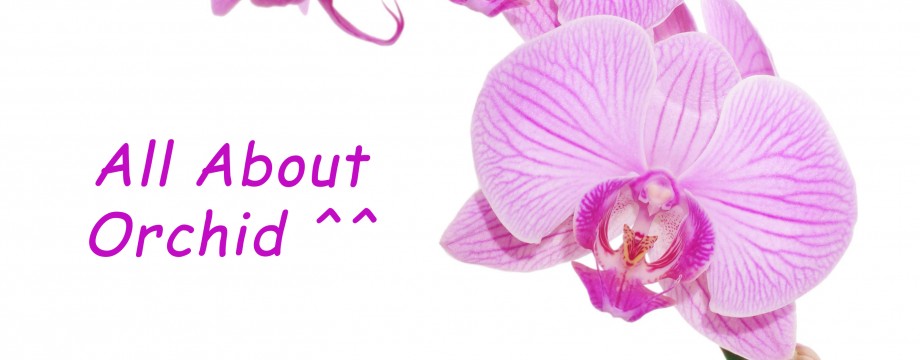Classification
Kingdom: Plantae
Sub-Kingdom: Tracheobinota
Super-Division: Spermatophyta
Division: Angiospermae
Sub-Division: Magnoliophyta
Class: Liliopsida
Sub-Class: Lilidae
Order: Orchidales
Family: Orchidaceae
Sub-Family: Epidendroidae
Tribe: Calypsonae
Genus: Calypso
Species: Calypso bulbosa
Calypso bulbosa (commonly called the fairy slipper) is a species of orchid that is native to Washington. I am Brennan and I chose this plant because I grow orchids and I like this one the most of all of our native orchids in Washington. This plant’s growing habits are unique as it only has one leaf and the plant is partially mycoheterotrophic. I hope to see some of these within the next several years as they are one of the more common and noticible of the native orchids in our local area.
Description
This plant’s roots are associated with mycorhizzal fungi from which they obtain some of their nutrients. This association with these microscopic fungi makes this orchid partially mycoheterotrophic. These plants consist of a single leaf at the base of the plant that is 2-6 centimetres long. This leaf dies back in the winter to an underground tuber. When the plant is not flowering the stem is short and not very noticeable. During flowering the stem lengthens to 5-20 centimetres in length. The flowers are white or pink-purple and 3-5 centimetres in length with a large lip that has a cluster of bristly hairs called a beard. The flowers can have a vanilla like scent. Like all orchids, the fruit type is a capsule. A single capsule contains 10,000-20,000 seeds.
Habitat and Range
The fairy slipper grows in undisturbed, coniferous forests and it only grows in soils with mycorhizzal fungi. These orchids can often be found in clumps. It grows in shade as it prefers cooler temperatures. This species has a huge range which stretches across Eurasia and Japan, reaches from Alaska to Newfoundland, and goes down through the western U.S., Great Lakes, Great plains, and New England.
Life Cycle
In the winter the Calypso bulbosa is dormant, has no leaves or stems, and consists only of a tuber and a few roots. During the spring this orchid will start to grow new roots, a new leaf, a new tuber, and, if the plant is mature, usually an inflorescence with a flower. From April to July the stem will elongate and produce one flower (rarely two). The flower has yellow hairs on its lip called a beard, this deceives the pollinators causing them to think there is nectar there so they will pollinate the plant. The main pollinator is the bumblebee. If the flower is successfully pollinated a type of fruit called a capsule will result which carries 10,000-20,000 seeds. The capsule will mature in the fall. The seeds very rarely germinate (They are almost microscopic, have no endosperm, and require mycorhizzal fungi to germinate) , if they do it will take several years for them to mature. During the fall the leaf and stem of a plant will die back, the old tuber from the previous winter also dies; the next years growth will come from the newly produced tuber that began developing in spring. Occasionally, the Calypso bulbosa will propagate itself vegativly by producing a second new tuber in the spring.
Uses
The Calypso bulbosa has very little uses. The Chinese used to use it in their medicine for treatment as a nervous system stimulant and an antispasmatic. The tuber is edible though not commonly eaten, it is said to have a buttery like texture.
Taxonomy
There are four varieties of Calypso bulbosa, the only species in its genus.
- Calypso bulbosa var. americana This variety is native to North America including Washington It has a vanilla scent. There are three formas of this variety. The first is Calypso bulbosa var. americana forma albiflora-it has a white flower with a yellow beard. The second forma is Calypso bulbosa var. americana forma biflora-it bears two purple on one inflorescence. The third is Calypso bulbosa var. americana forma rosea-it has a pink flower with a yellow lip.
- Calypso bulbosa var. occidentalis This variety also occurs in North America including Washington. It has two formas. The first is Calypso bulbosa var. occidentalis forma biflora-it has two pink flowers on one inflorescence. The second forma is Calypso bulbosa var. occidentalis forma nivea-it has a white flower with a white beard.
- Calypso bulbosa var bulbosa This is native to Eurasia
- Calypso bulbosa var speciosum This variety is native to Japan
Source : http://ecologyadventure2.edublogs.org/plant/calypso-bulbosa-2/

